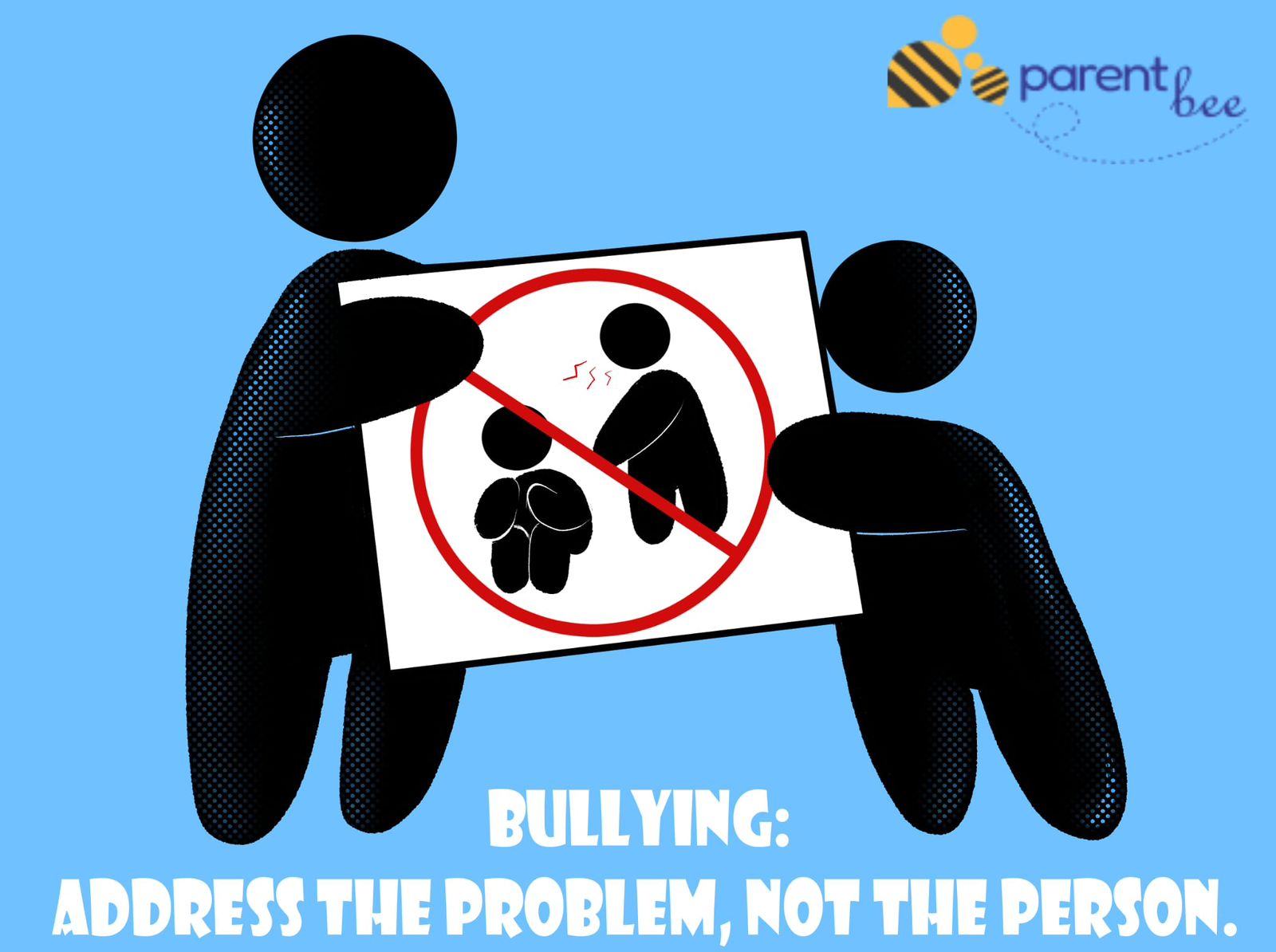From Fun to Fixation: Recognizing and Overcoming Gaming Addiction in Kids

What is Gaming addiction?
Gaming addiction is a compulsive and problematic pattern of gaming behavior that interferes with daily life, responsibilities, and well-being. The World Health Organization (WHO) defines “Gaming Disorder” as the inability to control gaming, prioritizing it over other activities, and continuing despite negative consequences. The American Psychiatric Association (APA) also identifies Internet Gaming Disorder (IGD) with criteria such as withdrawal symptoms, loss of interest in other activities, and impaired social, academic, or occupational functioning.
Healthy Gaming vs. Gaming Addiction
Not all gaming is harmful—healthy gaming involves moderate, controlled play that does not interfere with daily responsibilities, physical health, or social life. It allows relaxation, entertainment, and even cognitive benefits. However, gaming addiction occurs when excessive play leads to neglect of real-life obligations, emotional distress, and loss of self-control.
Signs of Problematic Gaming
Preoccupation, irritability & restlessness when not gaming, maintaining Secrecy about gaming habits, physical issues like tiredness, headaches, or hand pain, neglecting self-care, social withdrawal, Skipping school, Sleep disturbances.
Key Roles of Parents in Healthy Gaming
By staying informed, setting boundaries, and communicating openly, parents can foster healthy gaming habits and prevent addiction.
Educate themselves by learning about game types, content, and their risks.
Set Limits – Establish screen time rules to balance school, sleep, and social life.
Promote Balance – Encourage physical activities, hobbies, and family time.
Use Parental Controls – Restrict content, limit screen time, and monitor activity.
Communicate Openly – Discuss gaming benefits and risks without judgment.
Watch for Warning Signs – Monitor mood, social withdrawal, and academics.
Lead by Example – Practice balanced screen use and offline engagement.
School and community involvement in helping children and adolescents in gaming addiction
Schools, local organizations, and support groups can create safe spaces for teens to share experiences and receive support. Educating students, teachers, and parents on healthy gaming habits through workshops and integrating digital well-being into the curriculum helps prevent addiction. School counselors can identify root causes and provide personalized interventions. Schools should also promote extracurricular activities like sports, arts, and social clubs as alternatives. ‘Gaming Detox’ programs—including sports leagues, adventure camps, and volunteer work—offer offline engagement. Strengthening parent-child relationships through family events further reduces excessive screen use.
Shaping healthy gaming habits by setting clear boundaries, fostering open discussions, and encouraging a balanced lifestyle. With the right guidance and involvement, gaming can remain a fun and safe activity without negatively impacting a child’s well-being. By staying informed and engaged, parents can help their children develop responsible screen habits and thrive both online and offline.




